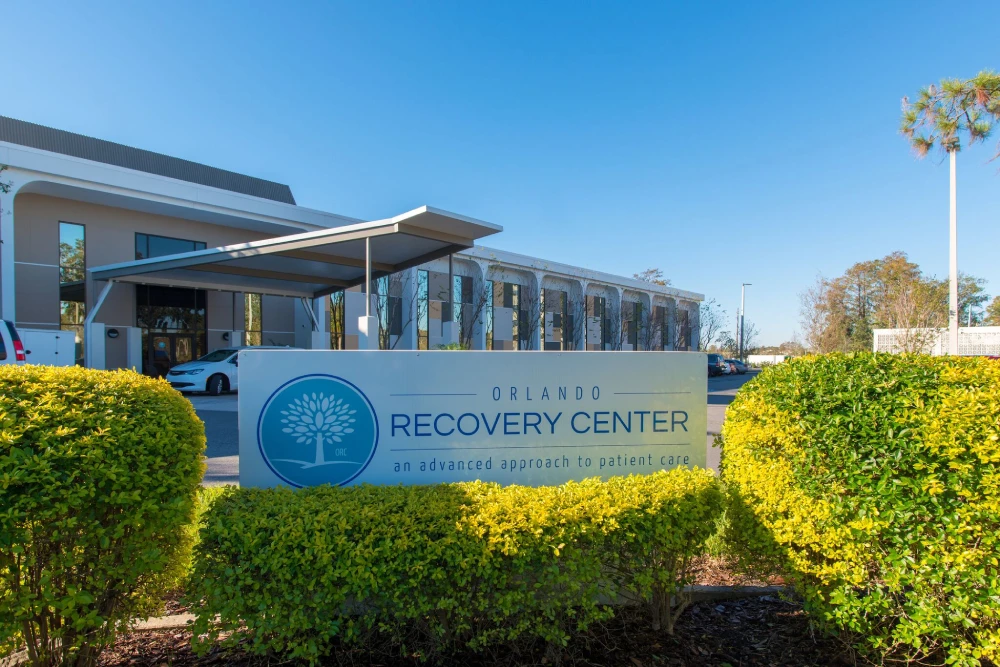Fentanyl is one of the most powerful opioids available. It’s described as being anywhere from 50 to 100 times more powerful than morphine. It can be prescribed by a doctor, often to help deal with chronic pain in cancer patients, and in some cases, it has applications during or following surgery, such as in patients with poor heart function.
There are several ways fentanyl may be administered. For example, it may be given as alollipopor as a film that dissolves under the tongue. It can also be given intravenously or as a tablet that dissolves in the mouth.
One of the most common ways fentanyl is given is as a patch, which is called the transdermal route. When fentanyl is given this way, as the name implies, it looks like a patch that goes directly on the skin, somewhat similar to a nicotine patch.

What is the Fentanyl Patch Used For?
The transdermal fentanyl patch is used to relieve severe pain. It’s primarily intended for people who need long-term, around-the-clock pain medicine, who can’t be treated with other medicines or are opioid-resistant. One of the main examples of when the fentanyl patch is used is for patients who have cancer, such as in palliative care.
So what does a fentanyl patch look like?
It comes as a thin patch that is applied directly to the skin. It’s relatively small and clear and comes in individually wrapped packets. There is a gel-like substance on one side of the patch, which is often called the sticky side. It’s important that this side not be touched. If it is, people are instructed to rinse their hands thoroughly with water.
There are different brands and doses for fentanyl patches, which may mean that what fentanyl looks like in patch form may vary slightly. For example, some might be printed with the brand name, while others might not.
There could also be physical differences, for example, some are smaller or more adhesive than others.
The fentanyl patch is for patients who need long-term pain management, not short-term treatment, and it’s only for use in patients who are taking other narcotic pain medicine on a regular schedule and have become tolerant to the pain-relieving effects.
What Does A Fentanyl Patch Look Like?
The patches themselves are thin, small and translucent. They are packed individually to allow for better accountability. One side of the patch is sticker than the other side. The sticky side should come into contact with the application site. If any of the sticky residue comes into contact with a person’s fingers, the individual should immediately thoroughly wash their hands.
Patches come with a medication guide, explaining how they should be used. The fentanyl patch should be applied only to the skin as swallowing it, chewing it or putting it in your mouth can result in death.
How Does the Patch Work?
With the patch, the fentanyl passes through the skin in small doses at a time. A certain amount of medicine must build up in the skin before it can be absorbed, and it can be up to 24 hours before the effects of the initial dose are felt.
Patches are intended to be applied to a smooth, unbroken area of skin, and they can be worn for a continuous period of 72 hours. Unless a doctor instructs a patient otherwise, more than one patch should never be worn at the same time.
When someone is prescribed a fentanyl patch, their doctor will often adjust the dosage several times in the first few weeks. During the initial days before the buildup of the drug, people with severe pain may need another narcotic.
The Ionsys Patch
The Ionsys Patchis one brand of fentanyl patch used in hospitals. If someone has one, it must be removed before a person can have an MRI because otherwise, it can lead to skin burns.
People should also realize, in addition to being able to identify what fentanyl looks like in patch form, that heat can cause the drugs to be absorbed faster, so it’s important that the person not take long showers, sunbathe or do similar activities that can make the patches hotter.
As with the use of any opioid, the risk of addiction is present when using fentanyl. If you or a loved one struggle with an addiction to fentanyl, it’s important to seek professionaltreatmentas soon as possible.Call The Recovery Villagetoday to speak to a representative and understand how personalized addiction treatment can work for you.
















